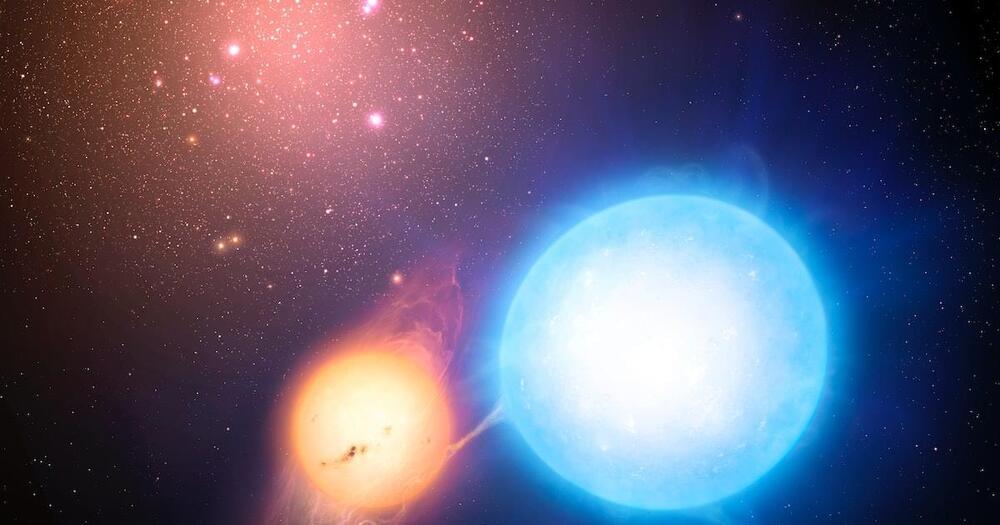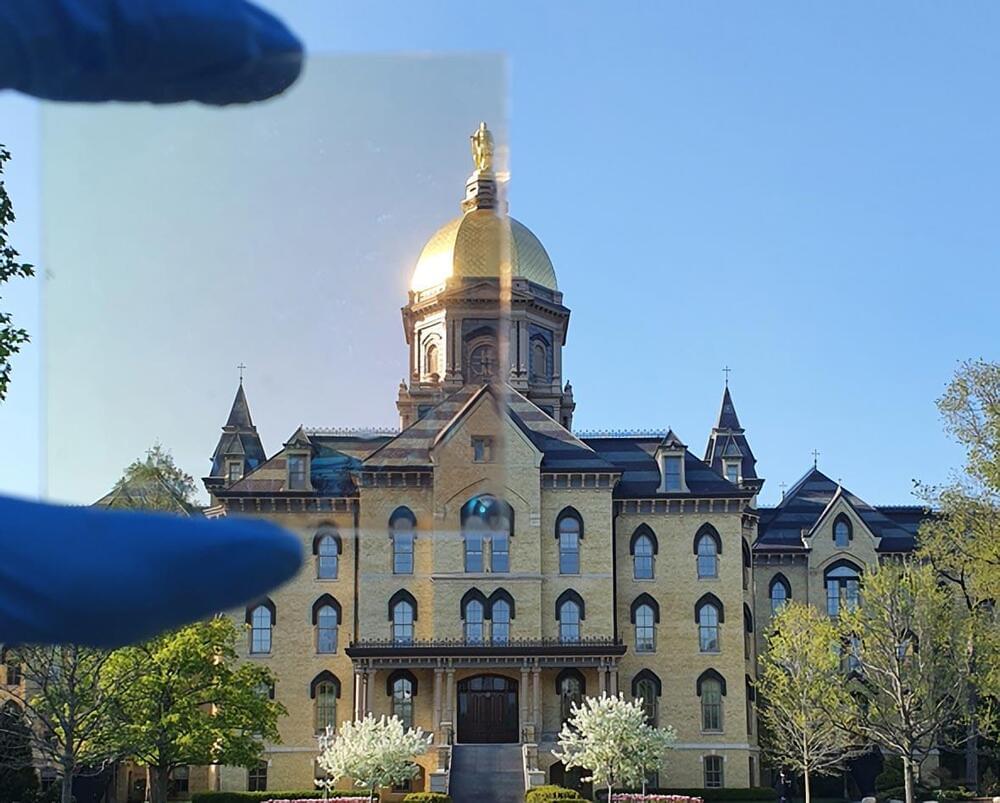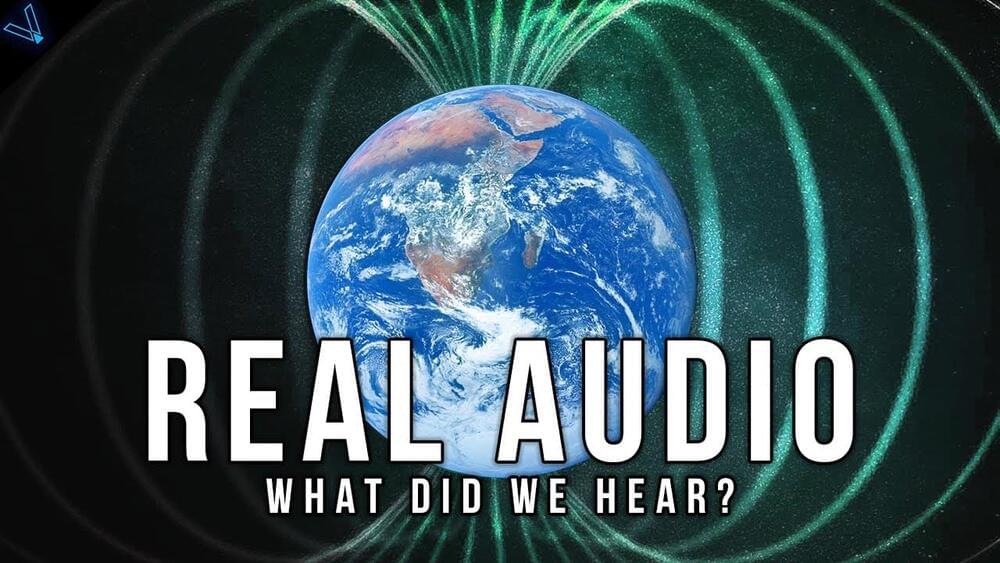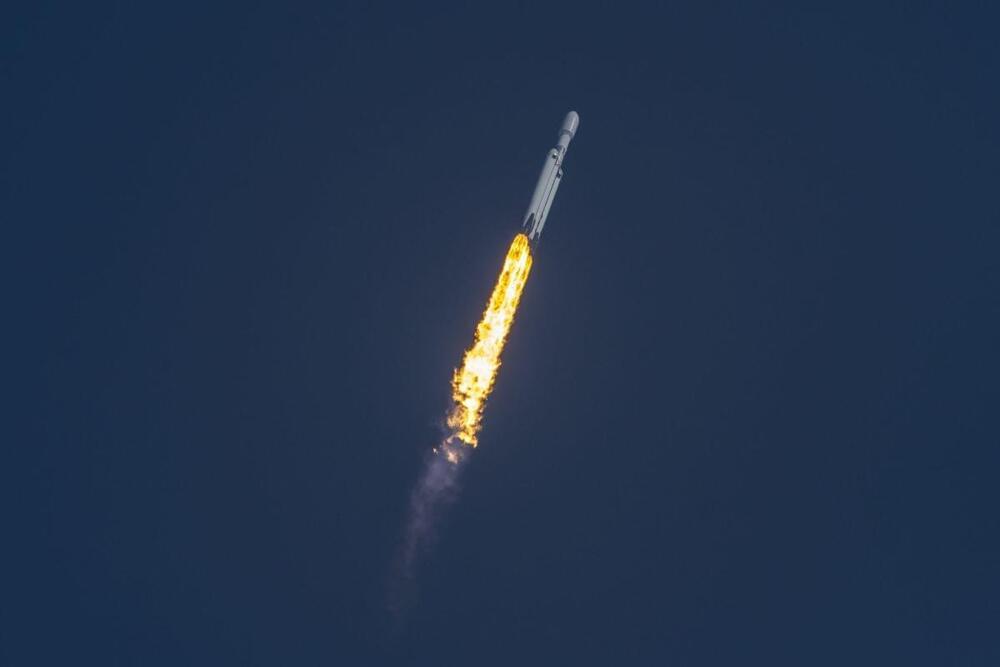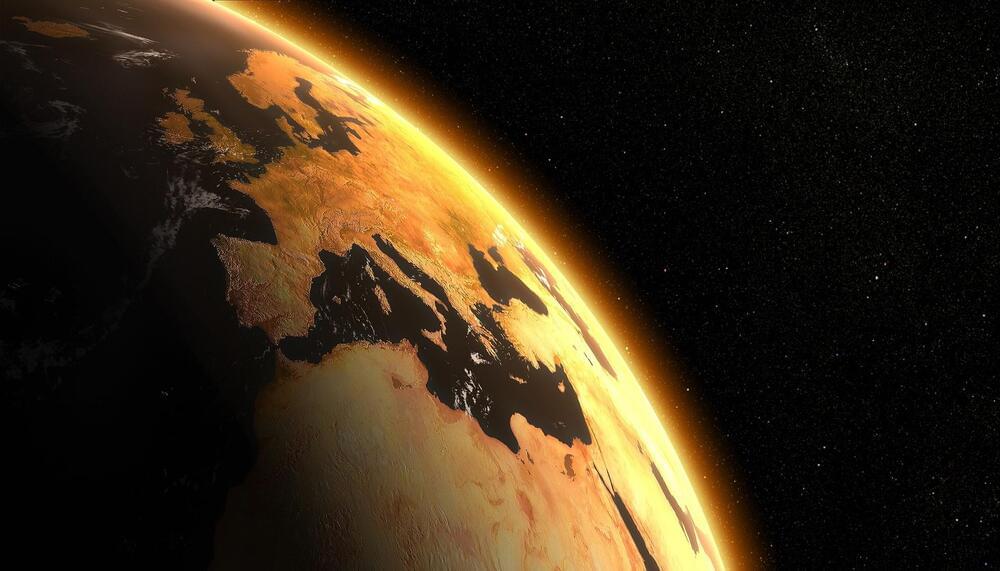Nov 4, 2022
Are Newton’s Laws of Gravity Wrong: Observation Puzzles Researchers
Posted by Quinn Sena in categories: particle physics, quantum physics, space
With the new observations we are seeing a mixture of particle physics being the new physics governing even long standing laws like gravity. Also that string theory is still alive and well. I think we may never know everything unless we essentially get to a type 5 civilization or beyond.
Finding cannot be explained by classical assumptions.
An international team of astrophysicists has made a puzzling discovery while analyzing certain star clusters. The finding challenges Newton’s laws of gravity, the researchers write in their publication. Instead, the observations are consistent with the predictions of an alternative theory of gravity. However, this is controversial among experts. The results have now been published in the Monthly Notices of the Royal Astronomical Society. The University of Bonn played a major role in the study.
Continue reading “Are Newton’s Laws of Gravity Wrong: Observation Puzzles Researchers” »

